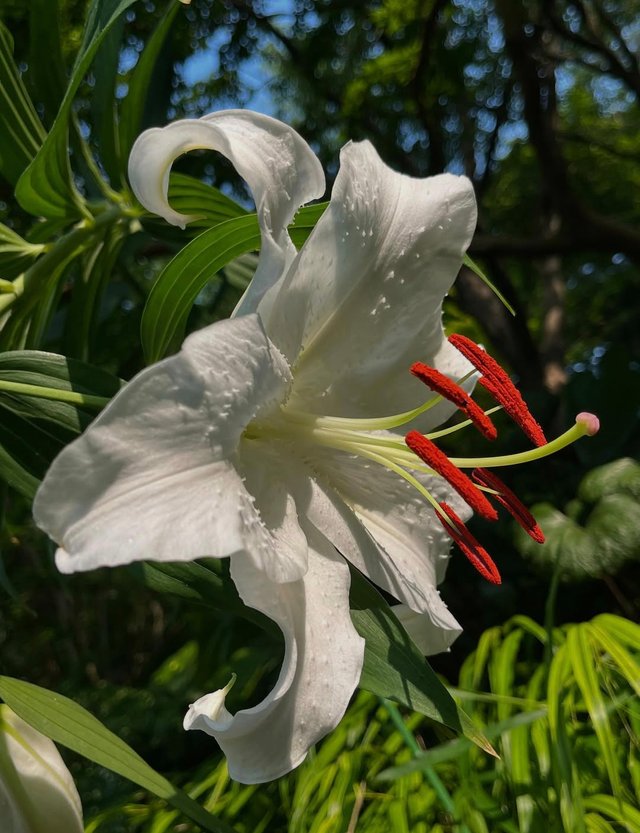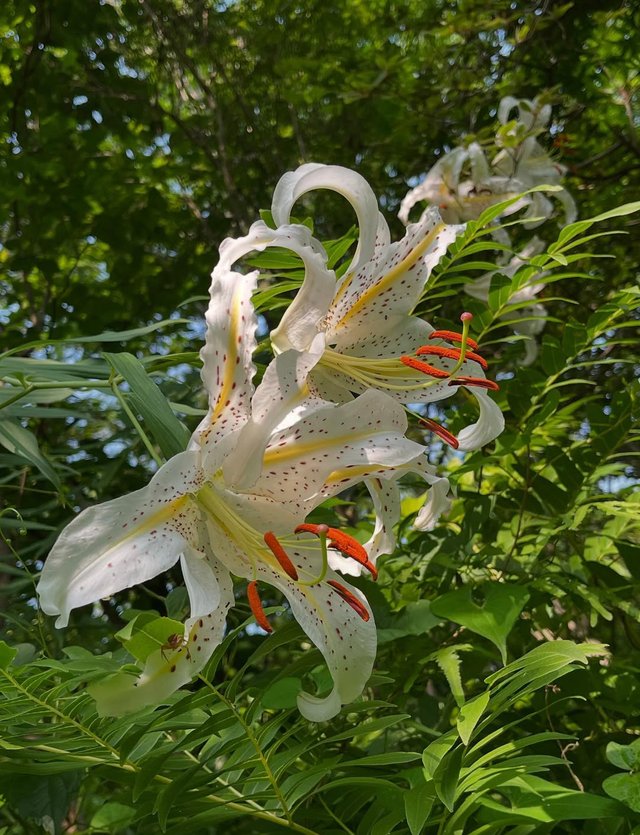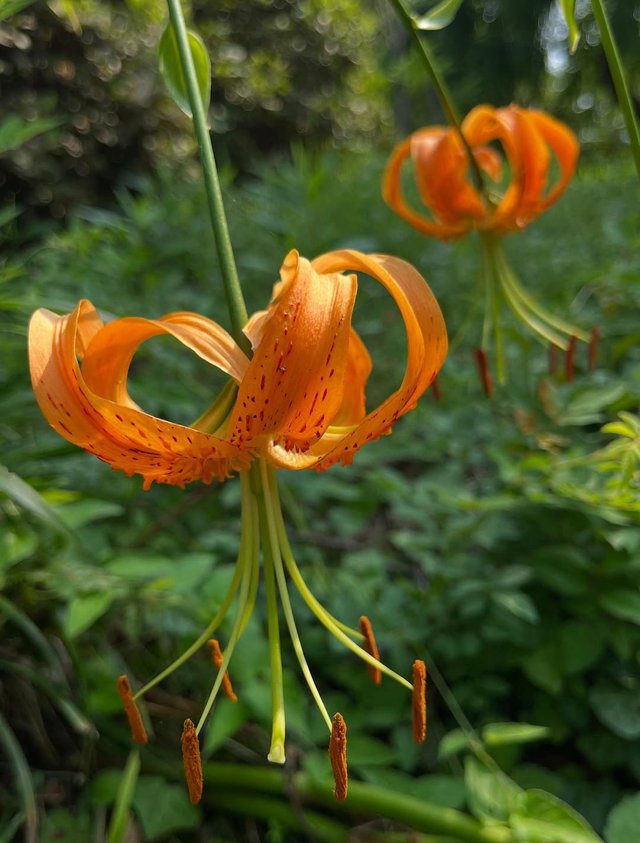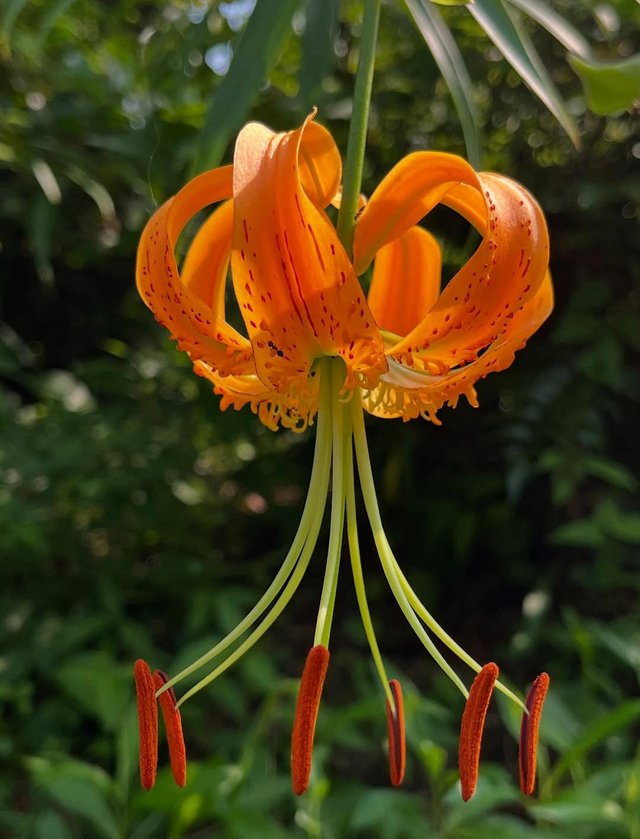Golden-Rayed Lily
The Golden-rayed lily is one of the most spectacular and iconic species in the lily family. Often referred to as the “Queen of Lilies”, this breathtaking flower is native to Japan and has captivated botanists, gardeners, and flower enthusiasts for generations with its dazzling beauty, rich symbolism, and cultural significance.The Golden-rayed lily is endemic to Japan, particularly thriving in the mountainous regions of Honshu. It prefers the woodland edges and grassy slopes where the soil is well-drained and rich in organic matter. This species is a true wildflower of the highlands, often found blooming naturally in July and August, painting the hillsides in a stunning display of white and gold.
What makes the Golden-rayed lily so mesmerizing is its large, trumpet-shaped flowers—often up to 10 inches across—gracefully perched on tall, sturdy stems that can reach up to 1.5 meters in height.The six white petals are adorned with bold golden stripes running down the center, giving the flower its common name. These petals often curl back slightly, revealing a scattering of crimson or maroon spots—a delicate touch that adds to its ornate beauty.Not just a visual delight, the Golden-rayed lily also boasts a powerful, sweet fragrance, especially strong at night to attract nocturnal pollinators like moths.
Lilium auratum has played a crucial role in hybridization programs, particularly in the creation of the popular Oriental hybrids. These hybrids, known for their size and fragrance, owe much of their genetics to the Golden-rayed lily. In fact, the famous 'Stargazer' lily—one of the most beloved cut flowers in the world—descends from Lilium auratum.The Golden-rayed lily is not just a flower; it's a living work of art—a symbol of Japan’s natural elegance and a jewel of the plant kingdom. With its radiant petals, intoxicating fragrance, and deep cultural roots, this majestic lily continues to enchant people around the world. Whether blooming on a quiet mountainside or glowing in a well-tended garden, Lilium auratum reminds us of nature’s power to inspire awe.



